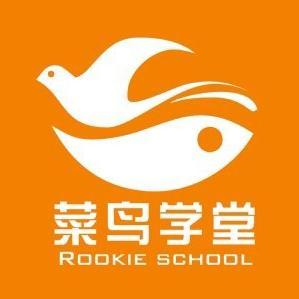Is temu volume and weight the weight of the filled package?
不是的,体积是指物体所占据的空间大小,通常以立方厘米或立方米为单位表示,而重量则是物体的重量,通常以千克或克为单位表示。填包装的重量是指将物体放入包装容器后的整体重量,包括物体本身的重量和包装容器的重量。体积和重量是两个不同的概念,填包装的重量取决于物体的重量和包装容器的重量,而非仅仅是物体本身的体积或重量。
Professional answer
No, volume refers to the size of the space occupied by an object, usually expressed in cubic centimeters or cubic meters, while weight is the weight of an object, usually expressed in kilograms or grams. The weight of the filled package refers to the total weight of the object after it is placed in the packaging container, including the weight of the object itself and the weight of the packaging container. Volume and weight are two different concepts. The weight of the filled package depends on the weight of the object and the weight of the packaging container, not just the volume or weight of the object itself.
Yes, temu usually refers to the volume and weight of the product, including the product's packaging. When filling in this information, the product's packaging materials and dimensions should be included to ensure the smooth transportation and logistics process of the goods. At the same time, accurate provision of volume and weight information can help avoid problems such as overweight and oversize during transportation, thereby saving logistics costs and time.
No, the weight of a package usually refers to the weight of the package itself, excluding the items inside. While volume usually refers to the size of the space occupied by the item. When filling a package, taking into account the volume and weight of the item can ensure the safety and stability of the package, as well as save transportation costs. Therefore, volume and weight are not the same as the weight of the filled package, they are important indicators for identifying and calculating packaging needs.
Similar Q&A
recommend TEMU quotation skills?
E-c News Continuously pushing e-commerce knowledge to you








Latest Q&A More
-
Do I need a trademark to open a franchise store on Pinduoduo to sell books?
#Pinduoduo#
-
How to withdraw from a Pinduoduo store
#Pinduoduo#
-
How to withdraw from Pinduoduo merchants
#Pinduoduo#
-
How to pay fees when closing a Pinduoduo store
#Pinduoduo#
-
How to withdraw from Pinduoduo
#Pinduoduo#
-
Which store on Pinduoduo is authentic?
#Pinduoduo#
-
Which stores on Pinduoduo can buy genuine products?
#Pinduoduo#
-
How to check the store under Pinduoduo
#Pinduoduo#
-
How to receive Pinduoduo online game products
#Pinduoduo#
-
How to sell the electronic version on Pinduoduo
#Pinduoduo#
E-c News 2026-01-02 03:31:39

- African netizens use China Africa cross-border e-commerce platform for online shopping
- how is the new seller of cross-border e-commerce doing?
- how can cross-border e-commerce Amazon sell on Amazon platform without goods?
- Amazon store opening process and cost analysis!
- Amazon plans to expand its pharmacy business on a large scale and will add same day delivery service


